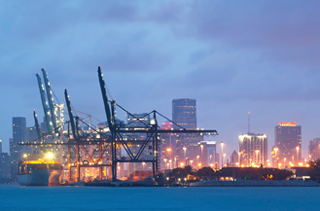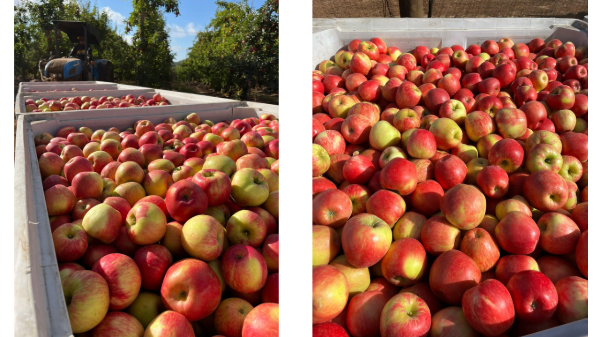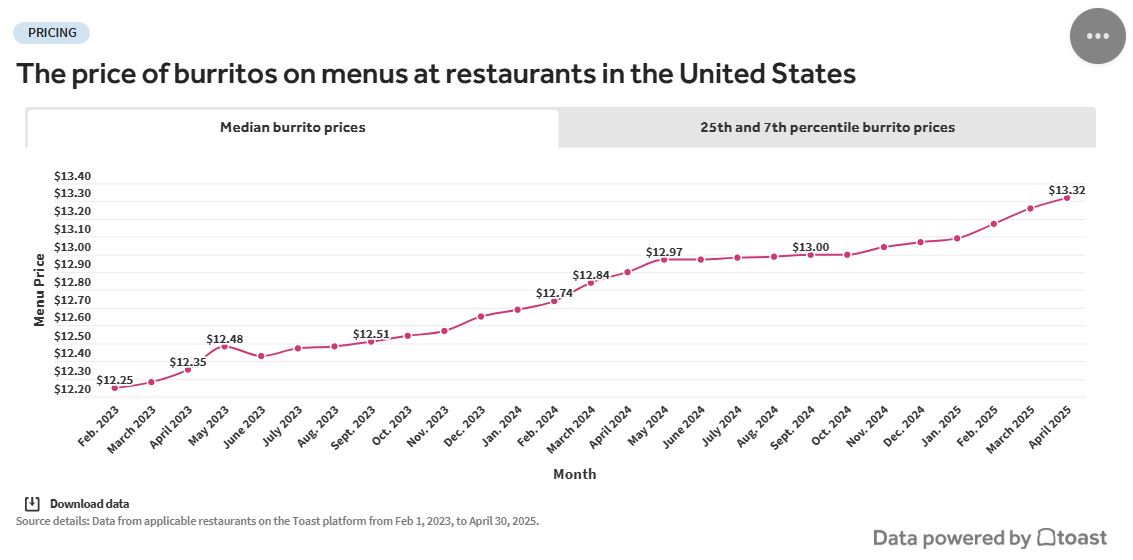Welcome to Blue Book!
Are you ready to join the thousands of companies who rely on Blue Book to drive smarter decisions? View our plans and get started today!
Still have questions? We’d love to show you what Blue Book can do for you. Drop us a line– we’ve been waiting for you.

Legal Issues
In addition to rising costs and the weather, numerous legal issues have appeared on the area’s produce trading landscape. According to Timothy Henkel, whose Miami firm Henkel & Cohen, PA specializes in produce business law, legal hiccups can occur when one party or another doesn’t follow the USDA’s Perishable Agricultural Commodities Act (PACA) regulations to the letter.
Other common legal issues that plague Miami businesses are the same ones that trouble produce companies across the country. According to Henkel, the top three are labor, immigration reform, and food safety, but the latter continues to be a thorny issue—especially since recent trends indicate buyers prefer to deal with growers and companies of a certain size. Equating size with safety, however, is a rather dangerous generalization as many smaller firms have already implemented strict food safety regimens and earned various certifications.
The ‘size’ perception can also pose problems for smaller operations or newer firms trying to make their way into the U.S. produce market after implementation of more recent trade agreements. It can be difficult and expensive for Central or South American grower-shippers to work with U.S. distributors in the first place, and with more stringent food safety requirements for foreign suppliers (as part of the Food Safety Modernization Act), these companies must invest in new or additional equipment and often add personnel and infrastructure to have their growing operations certified for sales to U.S. buyers.
All About Foreign Trade
Much of the boom in Miami-Dade is thanks to foreign trade. According to the county’s Department of Regulatory & Economic Resources, total trade for the county was $96.5 billion in 2012, an 11 percent jump from $87 billion in 2011. Imports through the county’s two ports of entry—PortMiami and Miami International Airport—also rose about 19 percent during the same time period to $39.6 billion. Exports rang in at nearly $57 billion, a year-over-year boost of 6 percent.
Of the county’s top 20 trading country partners, 15 are in Latin America with Brazil heading the list. South America is the area’s largest regional trading partner; 43 percent of Miami-Dade’s international trade in 2012, about $41.2 billion, came from South America with $10.8 billion in imports and $30.4 billion in exports.
After South America, in terms of trade dollars, but no less important to the Miami-Dade economy, are Central America and Caribbean countries. International trade with these nations rose to $23.3 billion in 2012, up from $20.9 billion the previous year and topping Europe’s $17 billion third-place showing.








